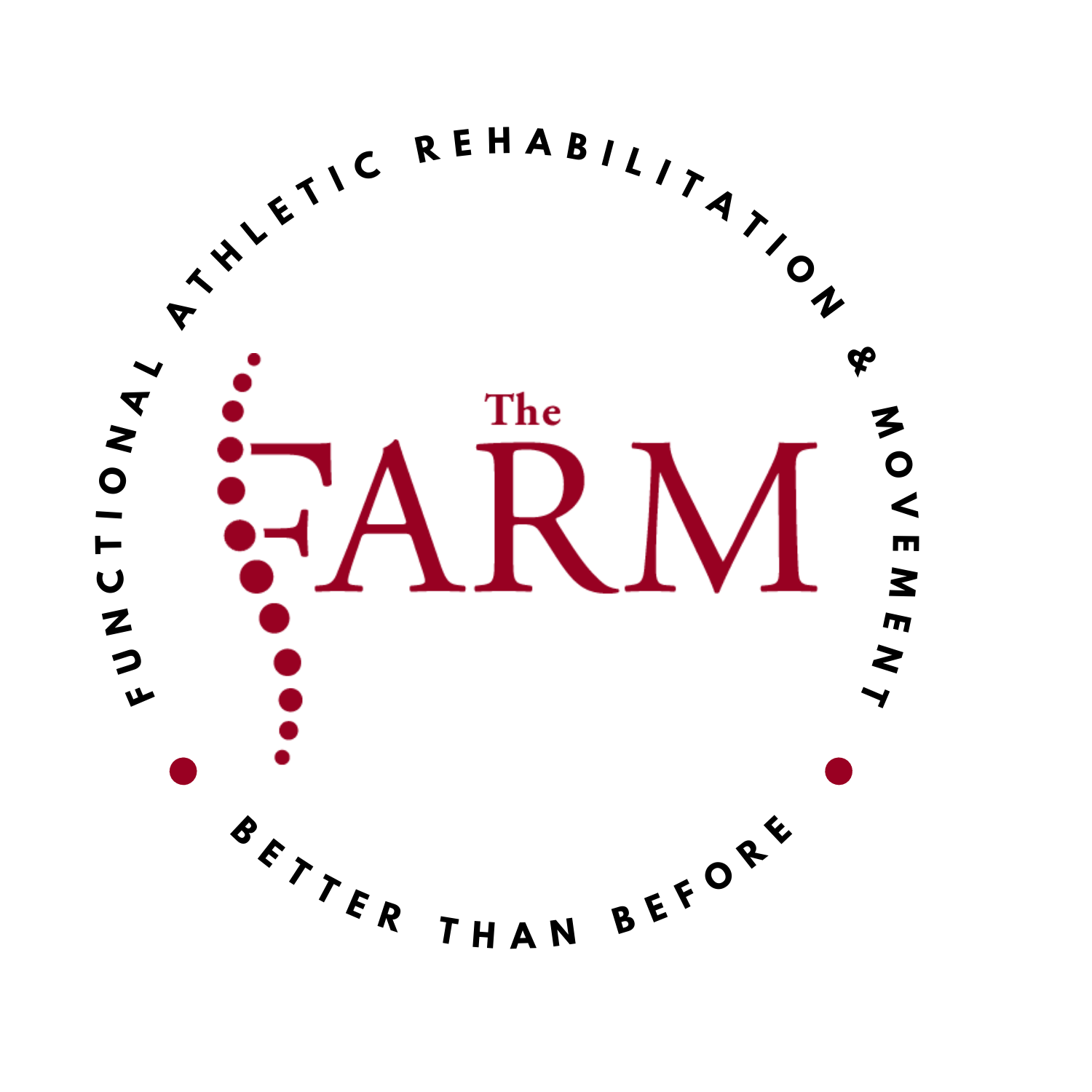Brachial Plexopathy, Vestibulo-Ocular Reflex, and Subpatellar Pain: WIR 16
In this edition of The Week in Review from The FARM, the team dives into three compelling cases that highlight the complexity and variety of musculoskeletal and neurological presentations clinicians encounter on a weekly basis. From traumatic nerve injury to balance system assessment to the nuanced mechanics of elite sport, the conversation underscores how deep clinical reasoning, collaboration, and patient-centered care come together in practice.
The first case explores a severe brachial plexopathy in a patient recovering from a motorcycle accident. The FARM team unpacks the challenges that come with both the diagnosis and management of such a case—where traumatic injury to the network of nerves branching from the cervical spine into the shoulder and arm can lead to profound weakness, sensory loss, and functional impairment. The discussion highlights the importance of understanding mechanism of injury, the timeline of nerve recovery, and the role of multidisciplinary care. From conservative rehabilitation approaches to when surgical intervention may be necessary, the team emphasizes how practitioners can balance patience with proactive strategies to keep the patient progressing while avoiding secondary complications such as joint stiffness or chronic pain.
Next, the team shifts focus to the vestibulo-ocular reflex (VOR) and its essential role in balance. The conversation provides a clear breakdown of how this reflex integrates eye and head movements to maintain visual stability during motion—a system that is often underappreciated until it is disrupted. The clinicians discuss practical in-office and field-based assessments for VOR integrity and explain how even subtle dysfunction can present as dizziness, unsteadiness, or difficulty tracking moving objects. The case-based discussion highlights strategies for rehabilitation, including gaze stabilization exercises and graded vestibular challenges, which can be game changers not just for patients with vestibular disorders but also for athletes aiming to optimize performance in dynamic environments.
The third case focuses on subpatellar pain in an elite gymnast, a scenario that illustrates the intersection of high-level athletic performance and musculoskeletal resilience. The FARM team emphasizes the need to distinguish between structural pathology and functional overload, noting how repetitive jumping, landing, and deep knee flexion place unique demands on the patellofemoral joint. The discussion covers differential diagnoses such as fat pad irritation, cartilage stress, and tracking issues, while also considering the broader context of training load, recovery, and biomechanics. The clinicians stress that managing elite athletes often requires a blend of precise diagnostic work, individualized rehab plans, and collaboration with coaches to ensure performance is not compromised while healing occurs.
Throughout the episode, what stands out is The FARM’s holistic lens. Each case is not simply a problem to be solved but an opportunity to explore the broader systems—neurological, musculoskeletal, psychological, and environmental—that influence recovery and resilience. The team’s ability to weave practical takeaways with deep clinical insight makes the conversation valuable for practitioners, athletes, and health-minded individuals alike.
By the end of the episode, listeners walk away with a richer understanding of how nerve injury, vestibular integration, and athletic knee pain each demand a thoughtful, evidence-based, and patient-centered approach. It’s another example of The FARM’s commitment to advancing care through conversation, curiosity, and clinical excellence.

